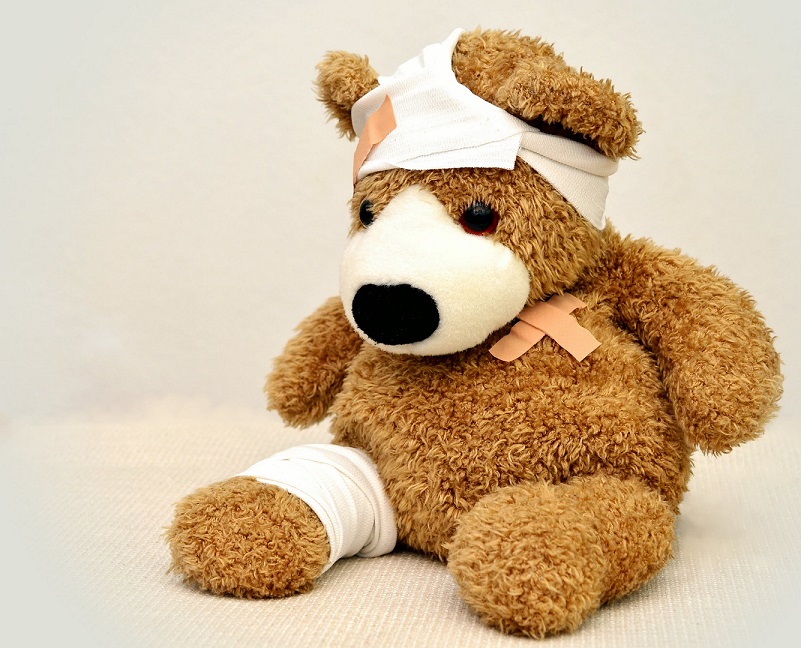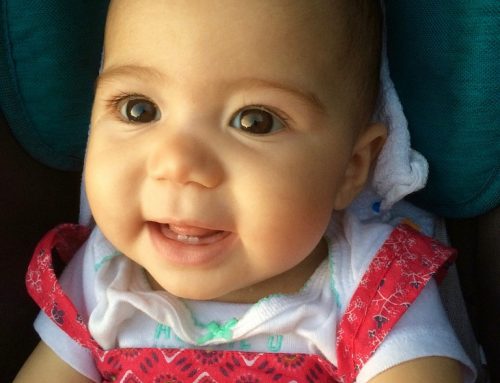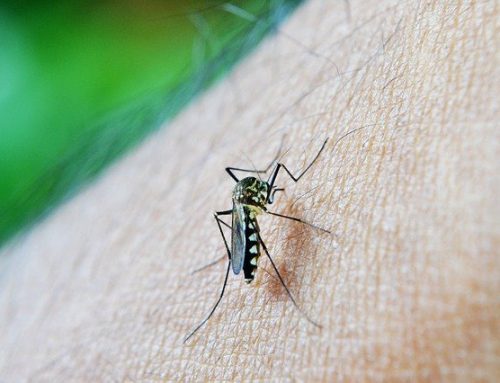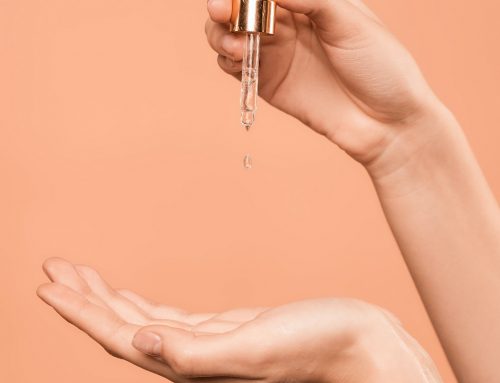“SAFETY brings first aid to the uninjured” ~ This quote (source unknown) aptly puts why parents learn about first aid for kids. My husband and I opted for a first aid course when Anu was around 15 months old. Well, Anu’s endless curiosity prompted us to go for first aid training :-). Back then she was eager to put different things in her mouth, open things up (by force or otherwise), climb on anything or put items in an electric socket for charging :-).
We could not find only baby specific first aid courses. So we enrolled for Indian Red Cross Society certified First Aid course organised by St. John Ambulance. From my first aid training, I have listed out first aid for kids in a few scenarios. Hope you never need this; nonetheless, you should be prepared.
First aid for kids
1. First aid for severe allergy
A child can develop an allergic reaction to an item consumed (e.g. food, medicine) or anything he comes in contact with. It can subside on its own or may become severe. Please remember, a severe allergic reaction needs immediate medical attention. Click here to know about the symptoms of a severe allergic reaction and how to administer first-aid for the same.
Note: When introducing solids to your baby, introduce one new food item at a time. Offer the same food for 2-3 days. This helps to rule out or isolate if baby is allergic to a specific food item.
2. First aid for choking
The first aid for choking in kids varies based on a child’s age. There are two different ways to administer first aid for choking in children. Click the links below to know the details:
- First-aid for infants (age 1 year or less) choking on solid items
- First-aid for kids (older than 1 year) choking on solid objects
Eliminate apparent choking hazard from your house:

Source: https://goo.gl/2RfMaL
Be careful when giving round/oval shaped food items or hard to chew food items like grapes, carrots, popcorn, chunky nuts etc.. to your baby. They can easily block the windpipe of young kids. If you want to feed these items, cut them in small vertical/thin pieces before feeding your baby.
Try to keep round items like coins, marbles, pen caps, etc. away from a young child [1]. Such round/oval objects are choking hazards since they can easily get lodged in the windpipe.
3. First-aid for drowning
If a baby is choking on liquid or was involved in a drowning incident, he may become unresponsive. So once a baby is rescued from drowning, first check him for breathing/responsiveness.
Check your infant for breathing/responsiveness:

source: https://goo.gl/PwDRUC
Check your kid for breathing/responsiveness:

source: https://goo.gl/XNU4WL
Is the child breathing after drowning:
If your child is breathing (responsive or not), please do the following:
- If the child is breathing but unresponsive keep in him recovery position
- Seek medical help if the child is unresponsive
- Try to remove wet clothes and put dry sheets/blanket on baby’s body
- If the baby is responsive, take him to a nearby hospital (rule out secondary infections)

Child recovery position – source: https://goo.gl/9r7vNY

Baby recovery position – source: https://goo.gl/Y7zU3P
Is the child is not breathing after drowning:
If a child involved in a drowning incident is not responsive and not breathing, be prepared to start CPR. Also, call the nearest casualty for help or rush the baby to the nearest emergency ward. Continue CPR till medical assistance is available, or child resumes breathing.
4. First aid for cuts/bleeds/grazing
Once a child becomes mobile, he wants to explore things around. This adventure to exploration may lead to tripping, falling, bumping etc. which may result in cuts, grazes or bruises. While a minor bleed may not need medical attention and heel itself, a severe bleed can be life-threatening. In either case, it is better to know how to administer first aid to a child who is bleeding.
Click here to know how to give first aid for minor and severe bleeding.
5. First aid for burns
A baby can get burns from hot objects or hot liquids in the house. Even a glass of spilt hot milk can cause severe burns. A baby can find his way (not surprisingly) in the vicinity of hot items at home. Any such item can cause a burn or scalding. While not all burns are severe, some burns can result in a shock. Be prepared to administer first aid for kids in case of burns.
Click here to read how to give first aid for burns and what not to do in case of burns in a child.
6. First aid for Electric shock
A baby can get an electric shock by putting a finger in the electrical sockets or playing with electrical appliances. An electric shock can be dangerous and make a child unresponsive or give a burn. Also, a baby might get stuck to the source of electric current and remain electrically charged.
In case of electrocution, follow these steps:
- Switch off the mains supply
- If the electric shock is due to an appliance, try to remove its plug
- Use a long non-metallic object to break baby’s contact with electricity*
- Once away from the source of shock, check the baby for responsiveness
- If unresponsive, open airways and check for breathing
- Keep child in recovery position if breathing but unresponsive
- If responsive and alert, check for any physical injury
- Be prepared to start CPR if the baby is unresponsive and not breathing
- Seek immediate medical assistance
Note: *When breaking baby’s contact with electricity wear good sole footwear if possible. It reduces chances of electrocution.
Is a first aid course useful
With a curious and adventurous baby around, husband and I have our danger-radar constantly ON. But there is no point in curbing a baby’s natural curiosity. So we agreed to be prepared for an uncomfortable situation (I do not want to say a-c-c-i-d-e-n-t). Hence we opted for the first aid course.
I recommend a first aid course to everyone, irrespective of a baby at home or not. When an accident happens, the initial minutes are crucial, and a right treatment or first aid in that duration can be life-saving.
The course taught us how to do infant CRP and child CPR. Not just CPR, the class gave many practical pointers on avoiding accidents common with kids. And tips on how to administer first aid for kids, especially for infants and toddlers.
Though it is natural to panic in case of an emergency, a first aid course may equip you to face the situation better.
Conclusion
A child’s curiosity will take him places (pun intended). Be vigilant but prepared to face untoward situations. Also, knowing how to administer basic first aid for kids can save a lot of pain.
Please have the following ready to tackle an emergency situation with a child:
- Nearest casualty number saved on the phone & visible on a wall of your home
- A first aid kit which is easily accessible
- Install a recognised first aid app on your phone
Note: The emergency contact number in the demonstration videos is for the UK. Not useful for people outside the UK.








Extremely helpful. Thank you!
Very very useful for parents
Thanks Aanchal.